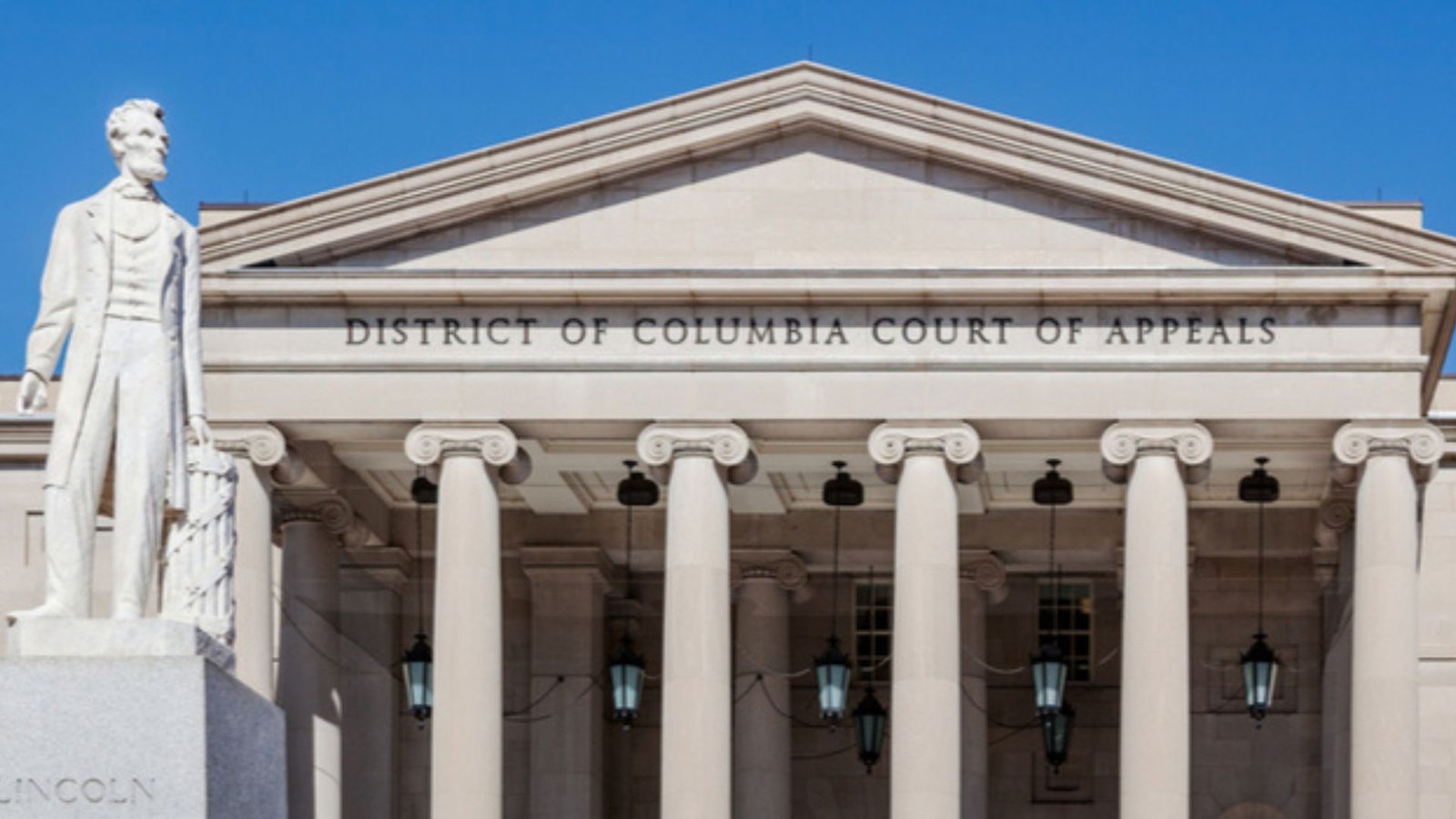The appeals process in civil litigation allows a party to challenge a court’s decision by requesting a higher court to review and possibly overturn or modify the ruling. This process is an essential aspect of the legal system, providing a mechanism for correcting errors that may have occurred during the trial. Understanding how the appeals process works and what to expect is crucial for any party considering an appeal.

Understanding the Basis for an Appeal
An appeal is not a retrial or a new hearing of the case. Instead, it focuses on legal errors that may have affected the trial’s outcome. Common grounds for appeal include:
- Errors of law: The trial court may have applied the wrong legal standard or misinterpreted the law.
- Errors in procedure: There may have been mistakes in the trial process, such as improper admission or exclusion of evidence.
- Insufficient evidence: The appellant may argue that the evidence presented at trial was not sufficient to support the verdict.
- Abuse of discretion: The trial judge may have made an unreasonable decision that affected the trial’s fairness.
The appellant (the party filing the appeal) must demonstrate that these errors were significant enough to have affected the trial’s outcome.
Filing a Notice of Appeal
The first step in the appeals process is filing a notice of appeal. This document informs the court and the opposing party that the appellant intends to seek review of the trial court’s decision. The notice of appeal must be filed within a specific time frame, usually within 30 days after the final judgment or order. Failing to file the notice within this period may result in losing the right to appeal.
Preparing the Record on Appeal
The record on appeal consists of all the documents, evidence, and transcripts from the trial court proceedings. It is the foundation upon which the appellate court will base its review. The appellant is responsible for ensuring that the record is complete and accurately reflects what transpired during the trial. This includes:
- Transcripts of trial proceedings: The official written record of everything said during the trial.
- Exhibits: Any physical or documentary evidence presented during the trial.
- Court filings: All motions, pleadings, and other documents filed with the court.
The appellate court relies on this record to determine whether any legal errors occurred.
Writing and Filing Appellate Briefs
Appellate briefs are written arguments submitted by both parties to the appellate court. The appellant’s brief outlines the errors they believe occurred during the trial, supported by legal arguments and references to the record on appeal. The appellee (the party opposing the appeal) will then file a response brief, arguing why the trial court’s decision should be upheld.
The appellant may also file a reply brief to address any new arguments made by the appellee. These briefs are critical, as they provide the appellate judges with the information they need to decide the case.
Oral Arguments
In some cases, the appellate court may schedule oral arguments, where attorneys for both sides present their arguments in person. During oral arguments, the judges may ask questions to clarify points raised in the briefs. While not all appeals include oral arguments, when they do, they provide an opportunity for the attorneys to emphasize key aspects of their case and respond to the judges’ inquiries.
Oral arguments typically focus on the legal issues rather than the facts of the case, as the appellate court is not a fact-finding body.
The Appellate Court’s Decision
After reviewing the record and considering the briefs and oral arguments, the appellate court will issue a written decision. This decision may take several months to be released and can result in various outcomes:
- Affirmation: The appellate court agrees with the trial court’s decision and upholds the judgment.
- Reversal: The appellate court disagrees with the trial court’s decision and overturns it.
- Remand: The appellate court sends the case back to the trial court for further proceedings, often with specific instructions on how to correct the errors identified.
- Modification: The appellate court may change certain aspects of the trial court’s decision without fully overturning it.
The appellate court’s decision is usually final, but in some cases, the losing party may seek further review by a higher appellate court, such as a state supreme court or the U.S. Supreme Court.
Potential for Further Appeals
If a party is dissatisfied with the appellate court’s decision, they may attempt to appeal to an even higher court. However, higher courts have discretion over which cases they accept, and they typically only hear cases that involve significant legal issues or have broad implications.
Seeking further appeals can be a lengthy and costly process, and the chances of success decrease as the case moves up the judicial hierarchy.
Enforcing the Appellate Court’s Decision
Once the appellate court has issued its decision, it becomes binding on the parties. If the appellate court has affirmed the trial court’s decision, the original judgment will be enforced. If the appellate court has reversed or modified the decision, the trial court will be responsible for implementing the changes.
In some cases, the appellate court may require the losing party to pay the winning party’s costs associated with the appeal.










